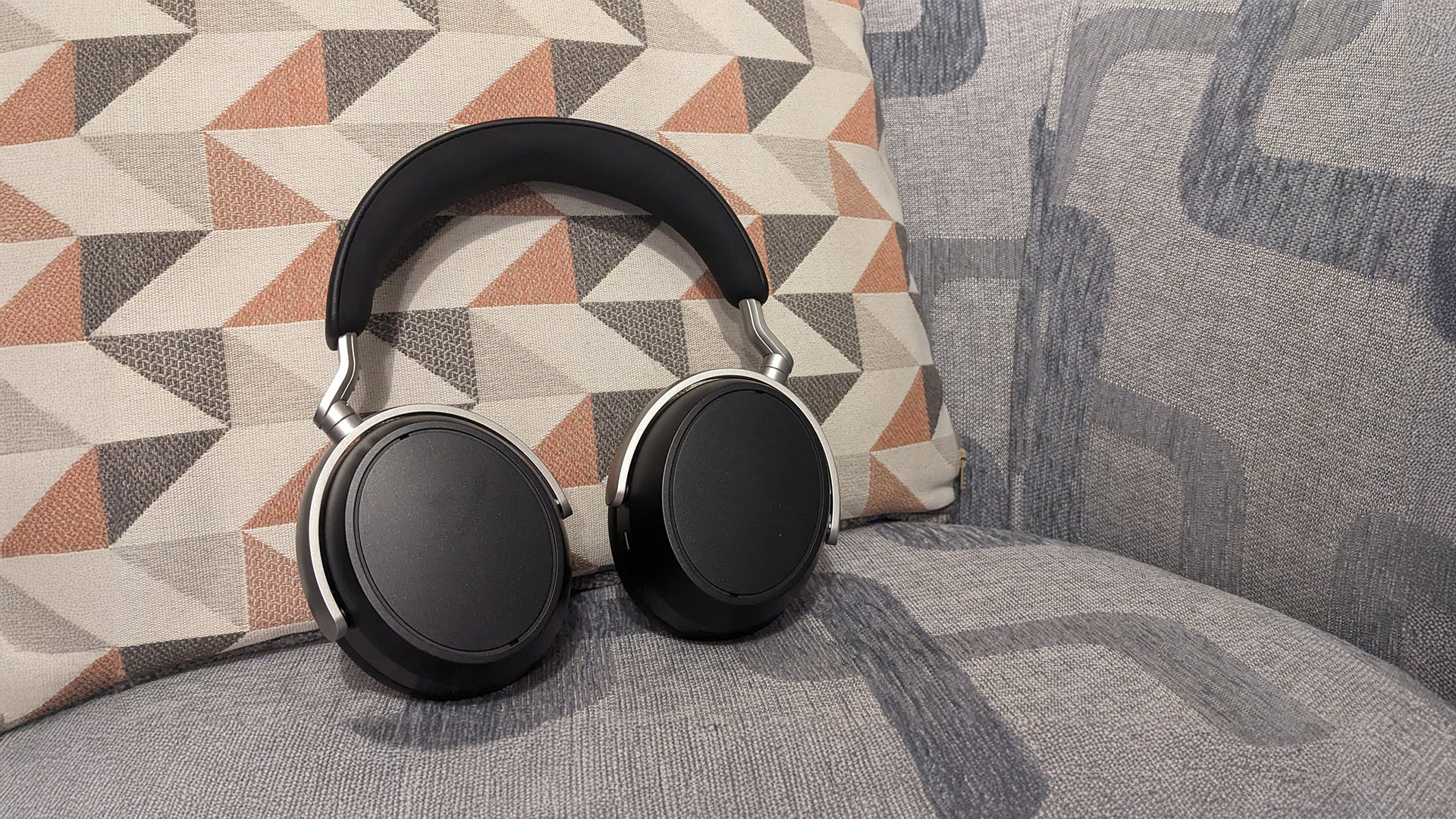I visited a pioneering British hi-fi company to hear a £500k sound system
As I walked through the entrance, it became clear that this is a place that makes things rather than simply assembles parts...
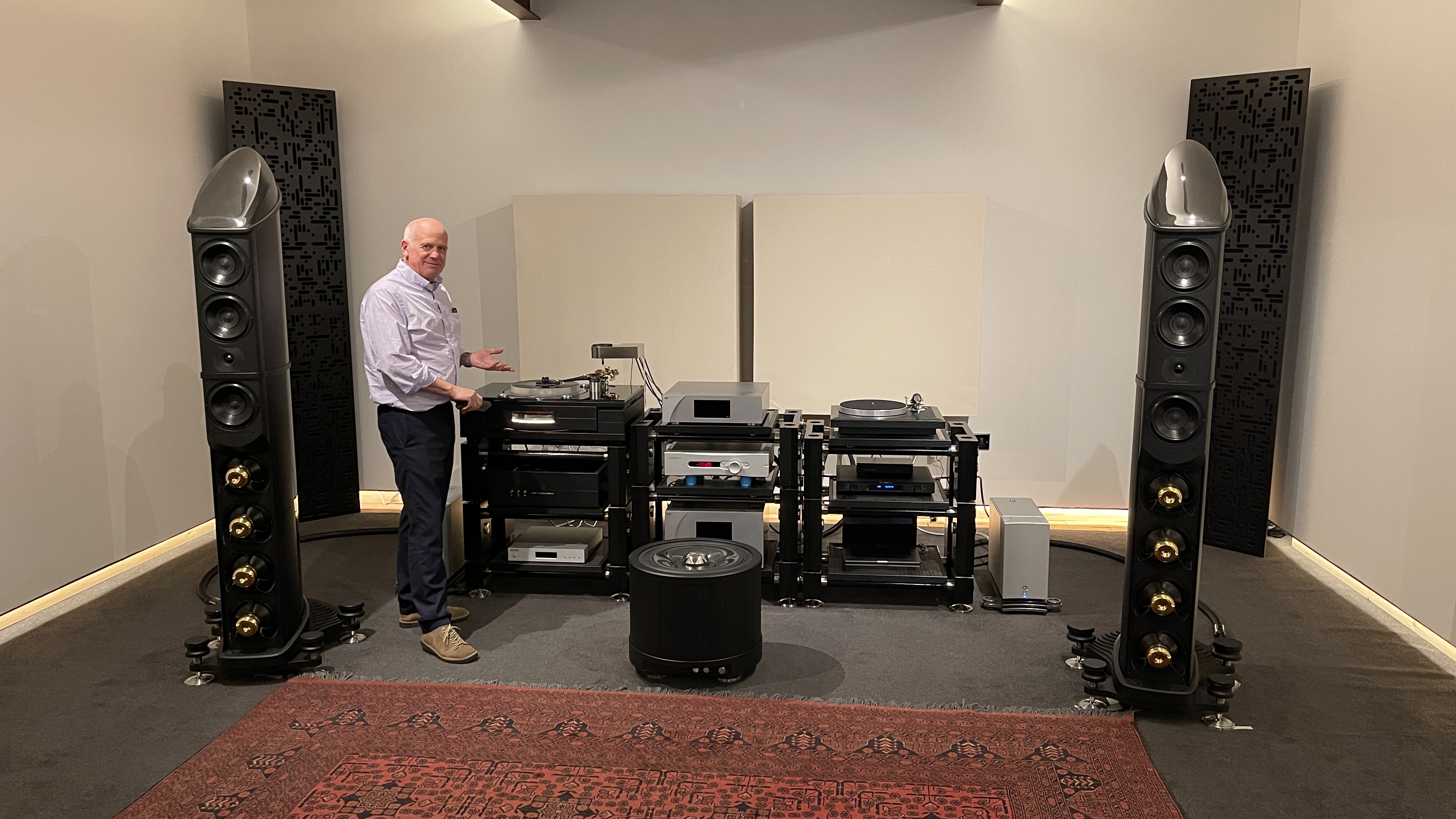
The city of Sheffield in the north of England was at the heart of the Industrial Revolution. As I get off at the city’s train station, there are reminders everywhere of the heavy industry that was once based there. It seems fitting that this is home to an engineering-focused company such as Wilson Benesch.
The brand was founded in 1989 and its first products were a high-end turntable called, quite simply, The Wilson Benesch Turntable, and the A.C.T. One tonearm. The initials A.C.T. stand for Advanced Composite Technology, and indicate the pioneering use of carbon fibre in the turntable’s sub-chassis and the arm’s tapered arm tube.
At the time, only four companies in the UK were capable of producing carbon fibre: Lotus Racing, two suppliers connected to the Ministry of Defence, and Wilson Benesch. It is impressive that a start-up could be numbered among that group, but it also showed the adventurous nature of the brand when it comes to new technology. That drive continues to this day, with the company’s extensive use of 3D printing and the inclusion of innovative biocomposite materials in its speakers such as the Wilson Benesch Discovery 3Zero we have just tested.
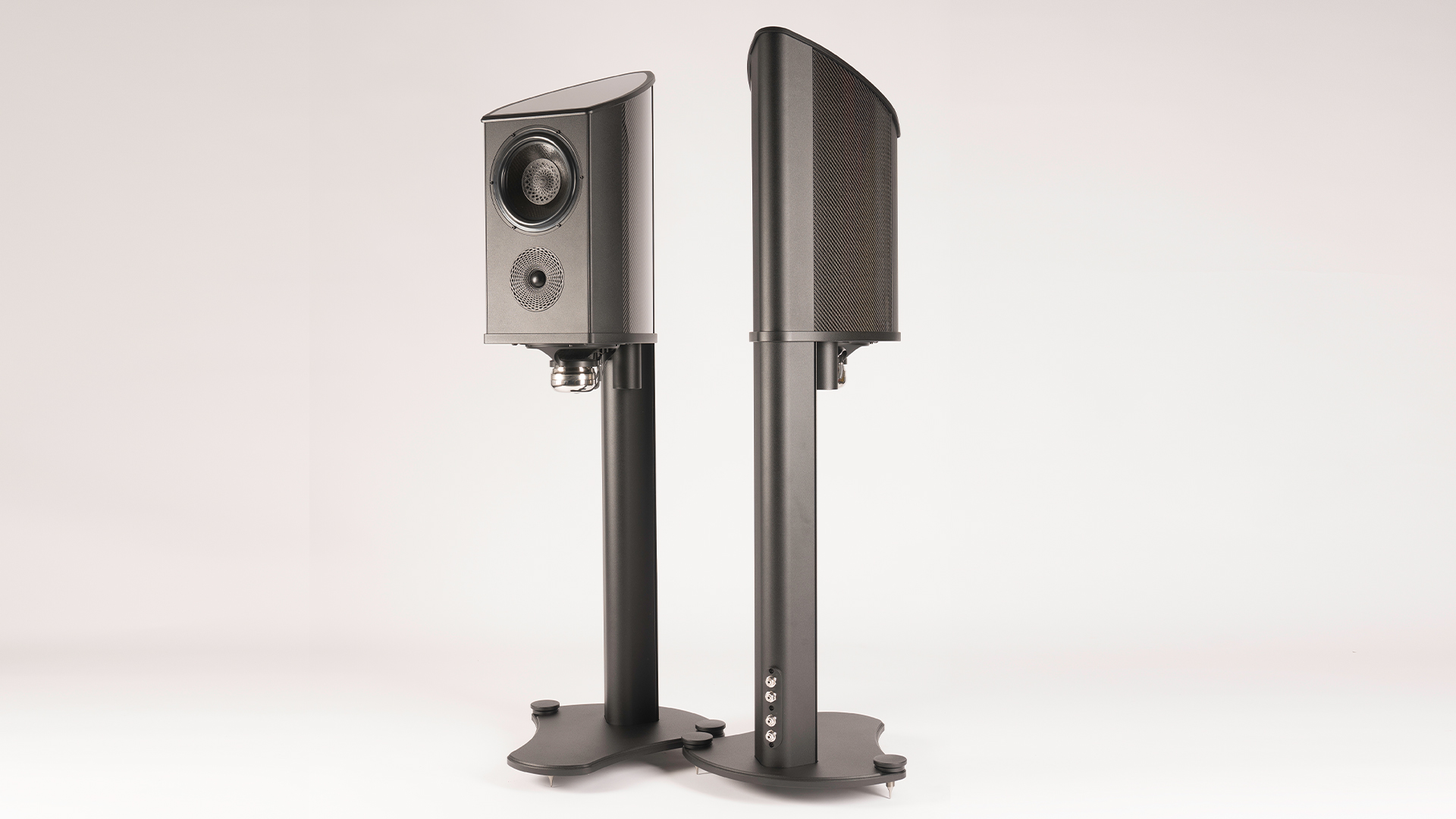
The company is a family business, co-owned by Craig Milnes (design director) and Christina Milnes (managing director) and supported by their son Luke Milnes (sales & marketing director). It is based in a charming art deco building occupying a space of around 25,000 sq feet, and currently has 18 staff members.
As I walk through the front entrance, it becomes clear that this is a place that makes things rather than simply assembles parts. For context, most small companies I visit tend to buy parts, such as drive units or speaker cabinets, from specialist suppliers rather than make them.
Wilson Benesch works differently. It has invested heavily in production equipment, from multiple CNC machines and carbon fibre tools to industrial 3D printers, and as a result can make a large portion of the parts used in its products. I see the billets of aluminium that go into making various items from speaker-stand bases to parts of the innovative motor system on the company’s recent direct-drive turntables, the GMT One and Prime Meridian.
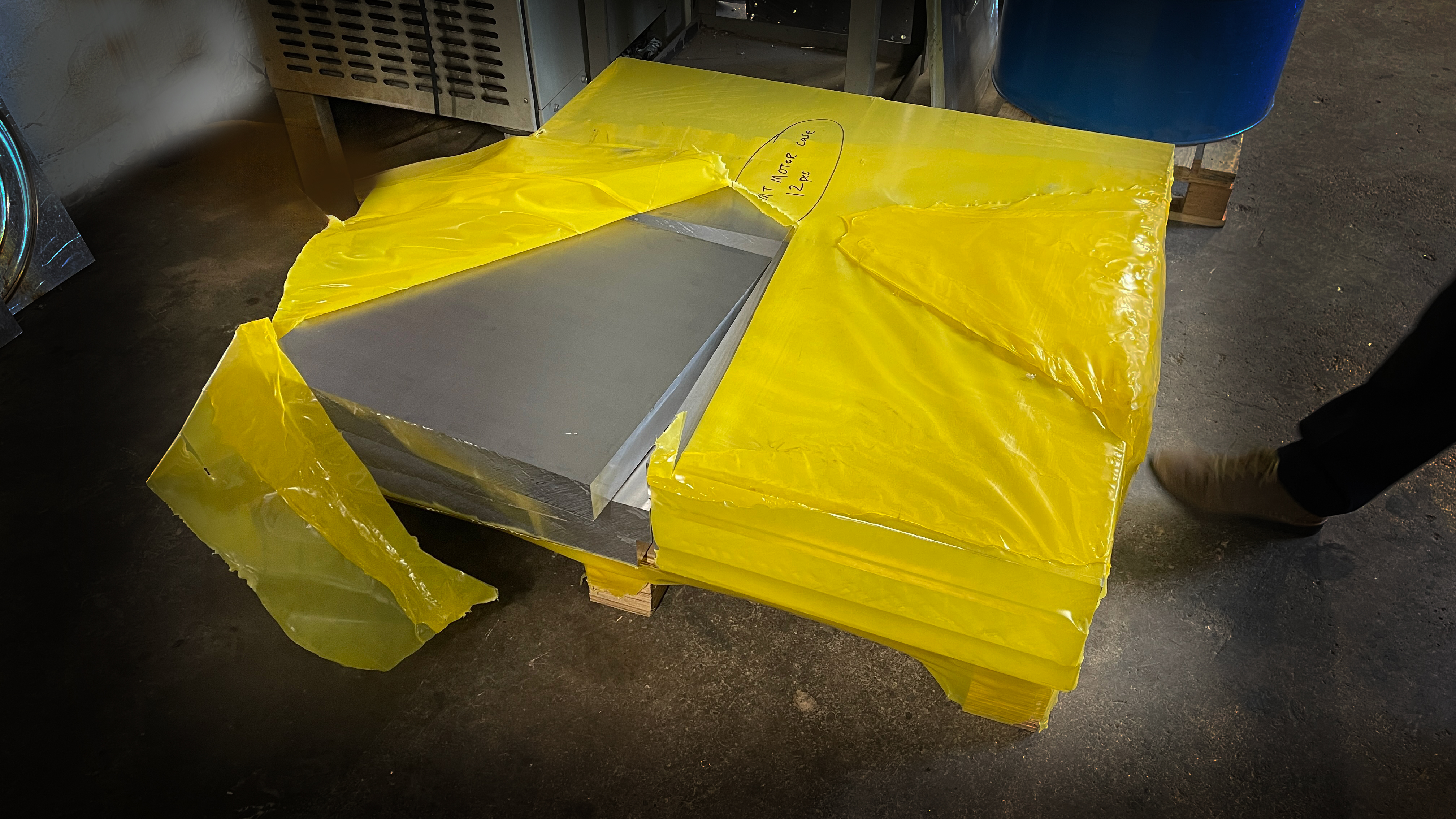
As I am shown around the factory, it is hard not to marvel at the range of parts the company makes on-site, from tweeters and the larger Tactic 3.0 drivers to the carbon fibre innards and top panels that go into its extensive loudspeaker range. Wilson Benesch even veneers the metal corner pieces that go on the front of some of its speakers. These are all specialist tasks that most hi-fi manufacturers would outsource, but WB prides itself on making all these things in-house; it gives absolute control of quality and allows the brand to make refinements quickly and easily. Outside suppliers are used when it comes to applying the finish on parts or when extrusions are needed, but the company remains demanding in its quality requirements.
The latest hi-fi, home cinema and tech news, reviews, buying advice and deals, direct to your inbox.
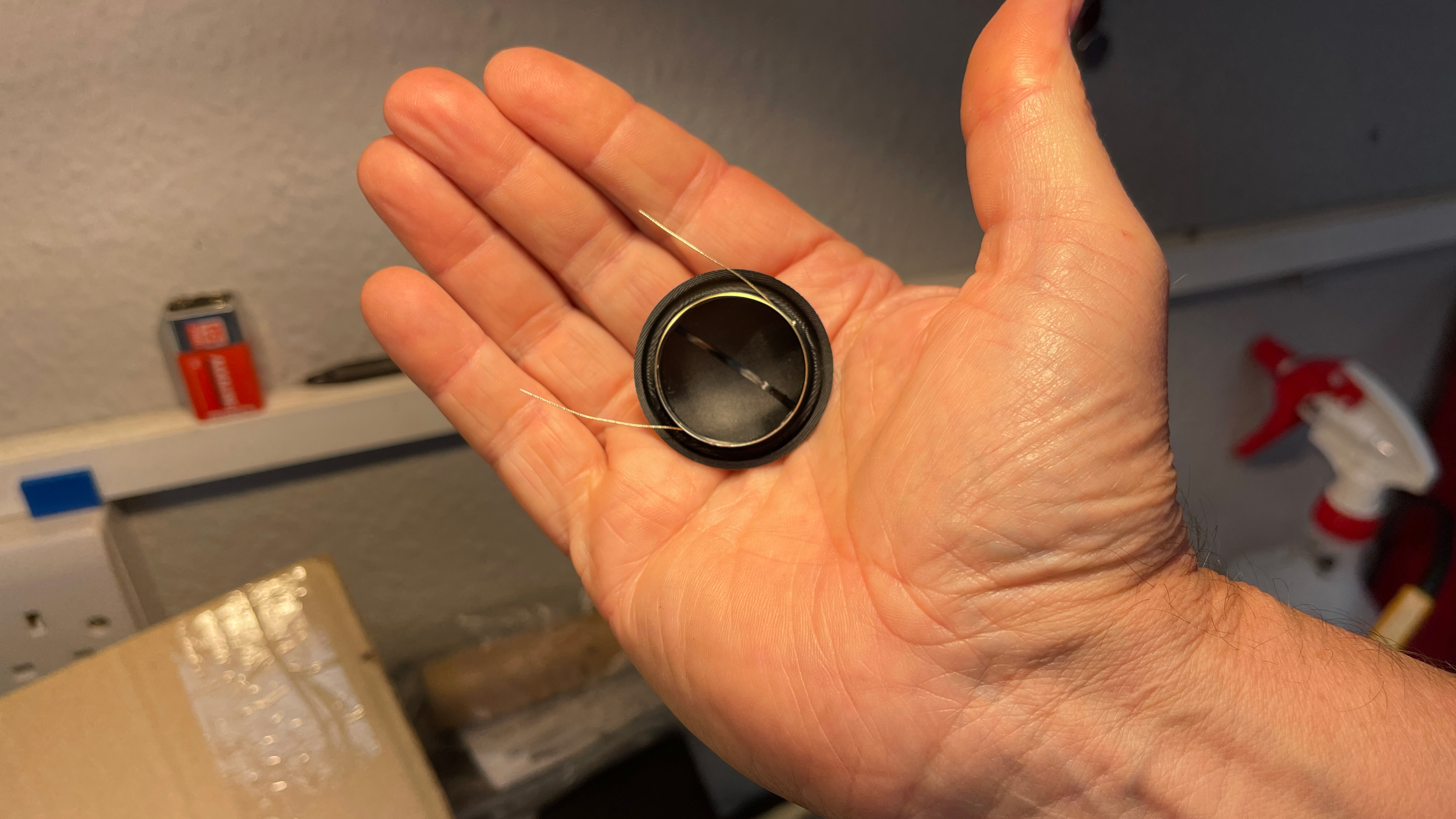
The Tactic 3.0 drive unit is a great example of where this bears fruit. This 17cm driver is used in some form in all the company’s speakers, but it is slightly tweaked for each application to optimise performance. These are not obvious changes, but they help to make the driver better suited for its specific task. If the Tactic 3.0 were bought in from an outside supplier, such flexibility would not be practical.
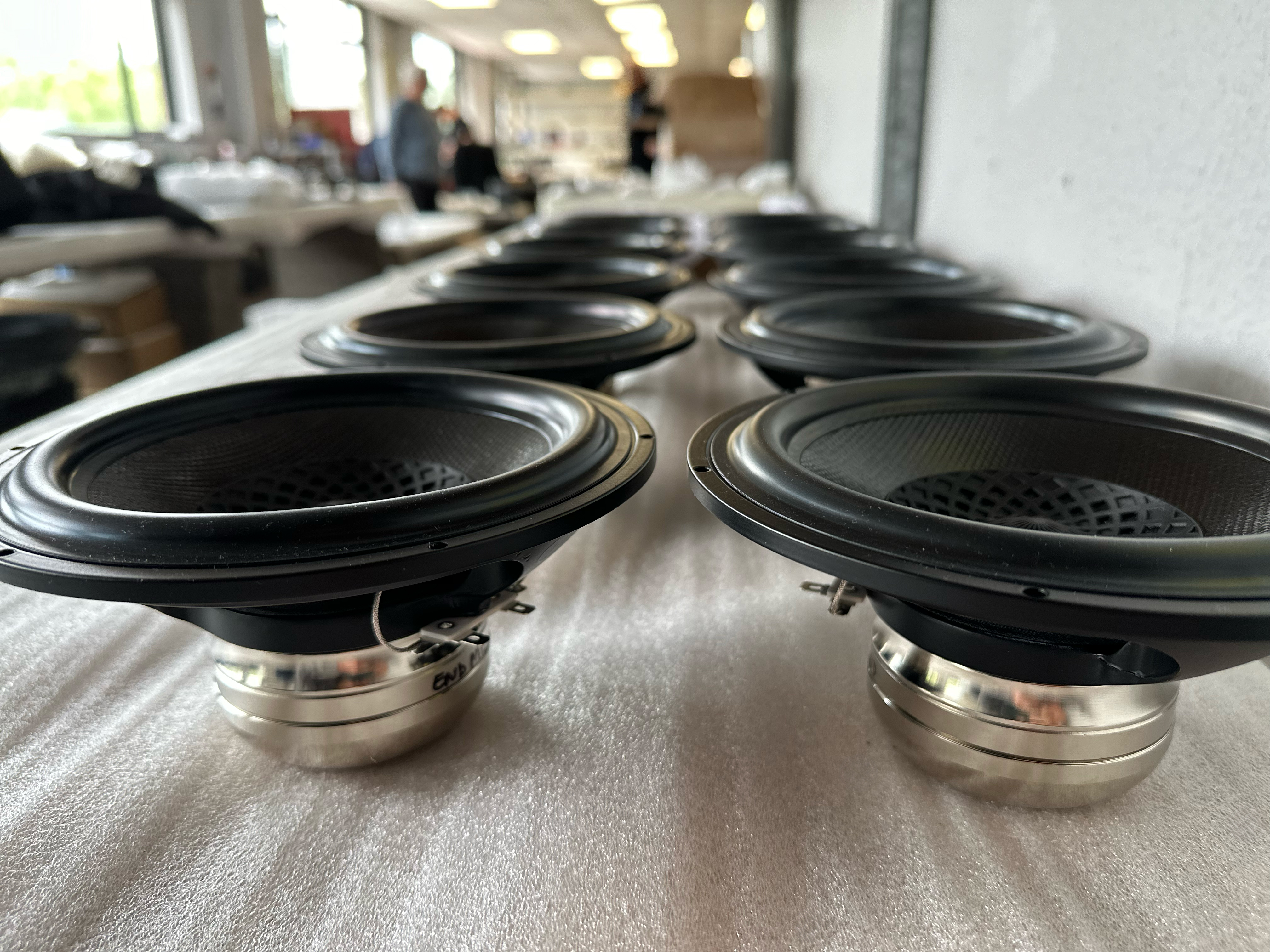
I witness the iGx infrasonic generator (subwoofer) being built and several of the larger standmount Endeavour 3Zero being assembled in another part of the factory. This is normally done by one or two skilled people, depending on the job – and the emphasis is always on quality.
After I look around the factory I go into the company’s new demonstration room, a large space with around 6 x 11m of floor area. I settle on the comfy sofa for a quick listen to some of the company’s top-end products. The system is made up of Wilson Benesch’s Prime Meridian Turntable, Graviton Ti Arm and Tessellate Ti-S cartridge (£203,000) feeding a CH Precision P1 dual-mono phono stage (£23,500) and a Trilogy 914/2 x 995R pre/power combination (£50,000). The speakers are WB’s range-topping Eminence floorstanders (£148,000). These towers stand over 1.9m tall and pack a driver array that includes four Tactic 3.0 bass drivers in addition to a quartet of isobaric units (each a pair of Tactic 3.0) per side. Ignoring cables – but not the £18,000 worth of in-house equipment racks – that little lot ends up at a grand total of £442,500.
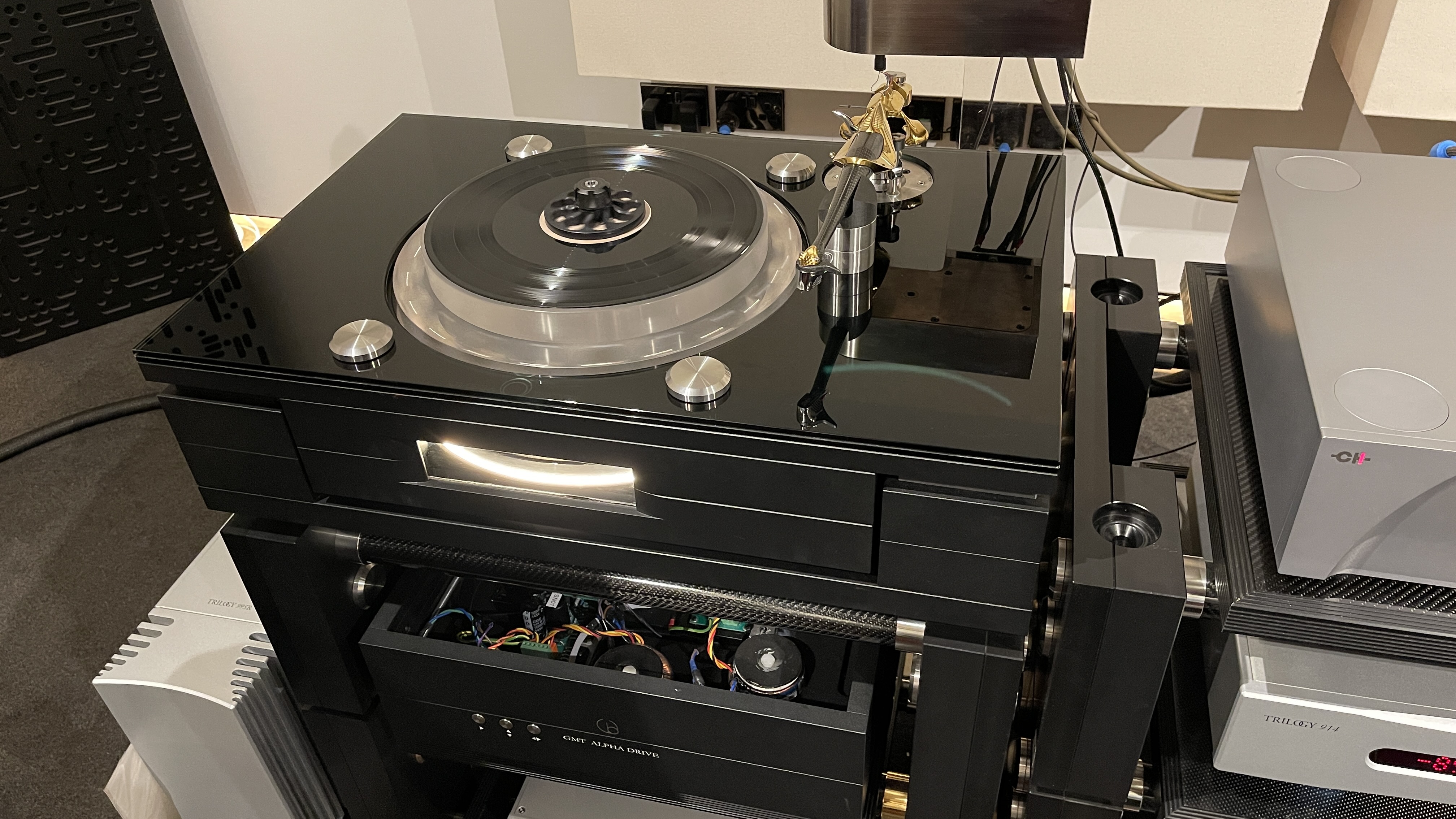
I also noticed a sample of the company’s original turntable on one of the equipment racks and am surprised at just how modern it still looks. There wasn’t time for a listen, unfortunately.
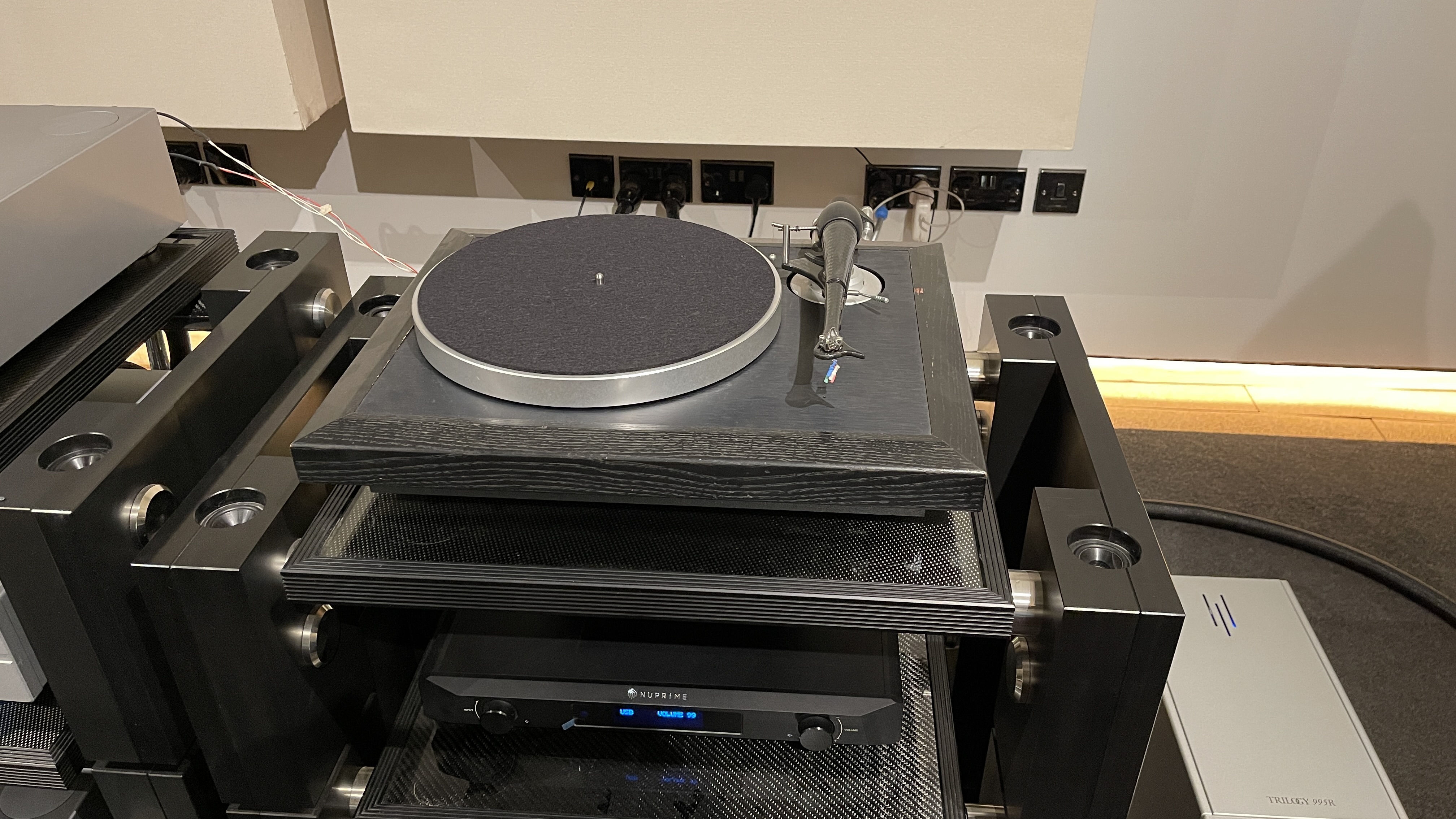
Before I get to listening impressions, the usual disclaimers apply here. The room and every component in the system are unfamiliar, as was most of the music played. This makes it hard to make any definitive statements or judgements. What follows should be seen as a first impression, nothing more. Time was short too, giving me the chance to play just three tracks. One was from Laura Marling’s Live from York Minister set, another from Talvin Singh’s 1998 OK album; the track I did know was Spinning the Wheel by George Michael.
That system price is stunning, but then again so is its sound. Probably, though, not in the way that you might expect, given such powerful mono amplifiers (200 watts in Class A/B mode) driving such huge floorstanders. Of course, there is plenty of volume, scale and deep bass, but the thing I notice first is the naturalness of the system.
It sounds convincing and, if anything, a little understated despite delivering dynamics with unusual freedom. While the system was obviously capable of thunder when the music demanded, it was the delicacy and unforced nature of the presentation that stood out. Detail resolution is exceptional, just as you would hope, and I could not find anything to criticise in the way the system assembled all that information. It sounded musical and entertaining. The high level of transparency was clear as I shifted between recordings, and rhythmic drive was good without dominating.
The system’s tonal balance was nicely balanced and stereo imaging, such as it could be judged by the recordings I heard, was expansive and nicely layered. All in all, the Wilson Benesch system was a real treat to hear and I would have loved to stay longer and tried a more varied array of music.

And then it is over all too soon. I haven’t got much time to get to the station before the train leaves and London beckons. As I collect my thoughts on the way back, it is fair to say I’m impressed by Wilson Benesch. While I knew it had always pushed material technology boundaries and wasn’t afraid to challenge industry norms with its products, I didn’t expect it to have so much engineering capability. It seems Sheffield’s rich industrial DNA continues to shine.
MORE:
A look back at the KEF Reference 104/2 (1984)
Genelec 8381A hands-on review: our first impressions of the £60k active studio monitors
Building a hi-fi system? Here's the secret to matching the right components

Ketan Bharadia is the Technical Editor of What Hi-Fi? He has been reviewing hi-fi, TV and home cinema equipment for almost three decades and has covered thousands of products over that time. Ketan works across the What Hi-Fi? brand including the website and magazine. His background is based in electronic and mechanical engineering.
